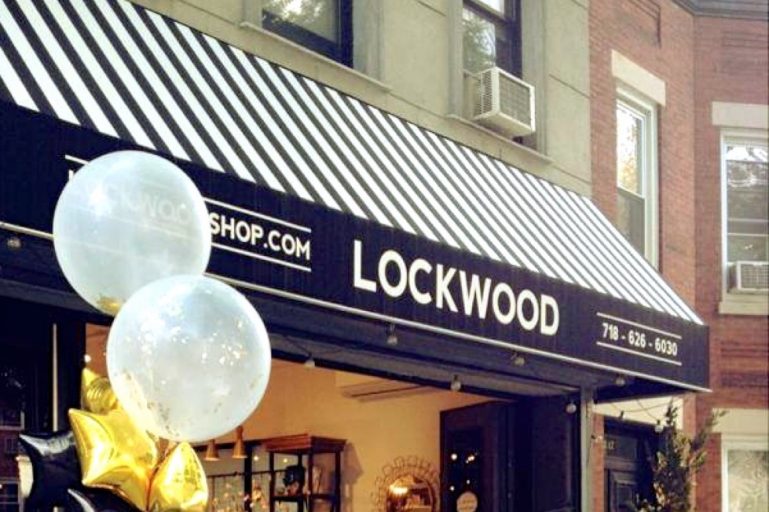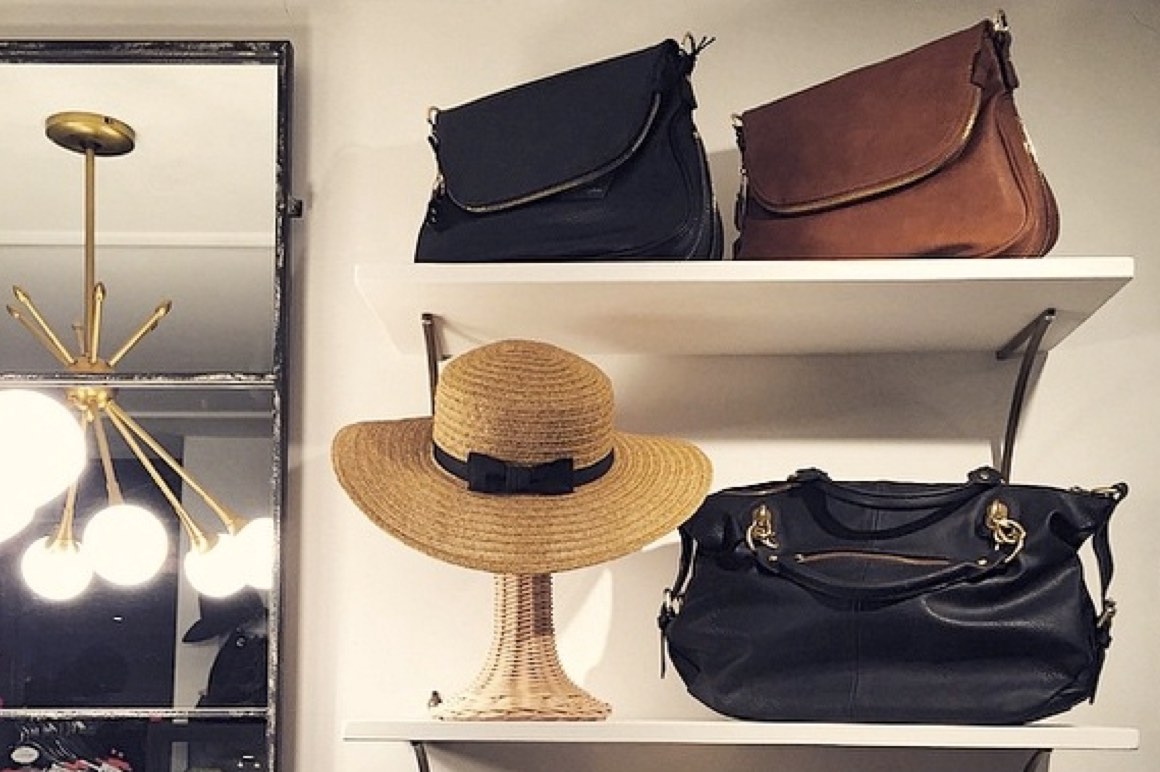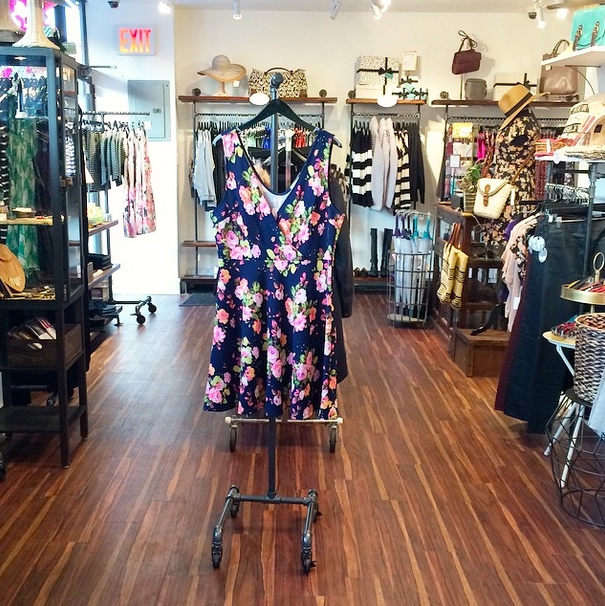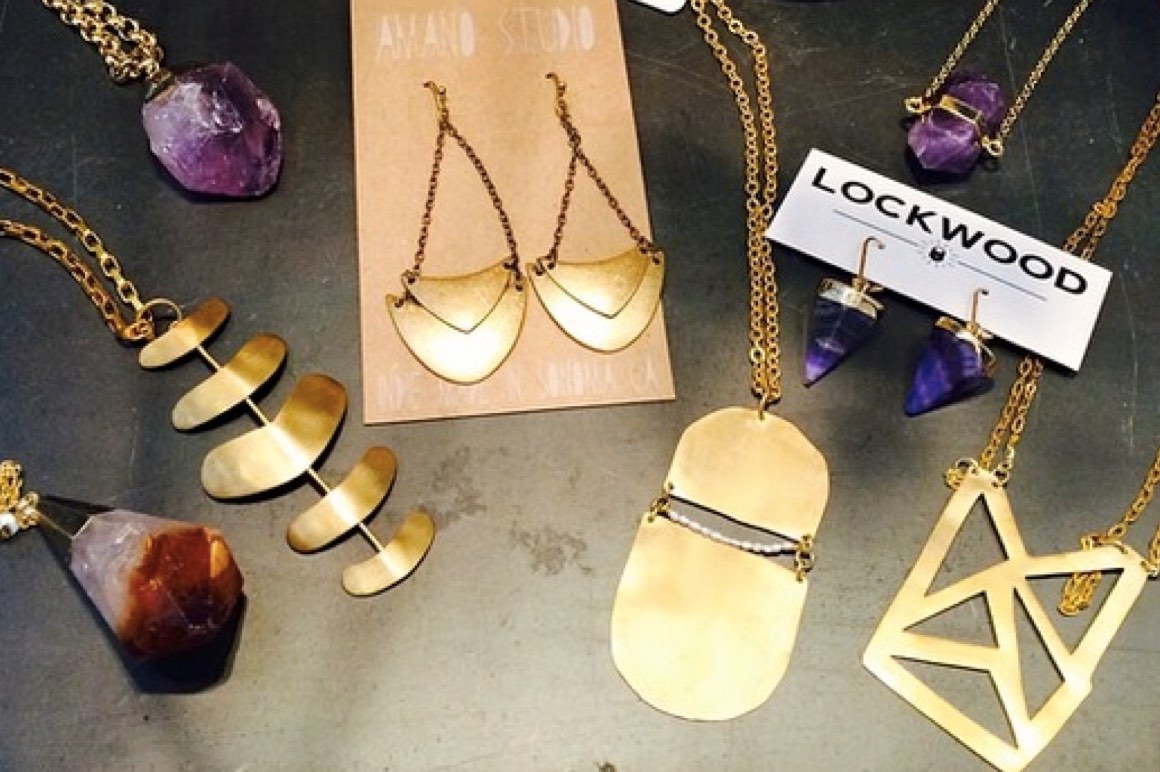
Tracking Industry Trends In Retail with Mackenzi Farquer
Here at ShopKeep, we have the pleasure of working with thousands of successful business owners across the country with varying levels of experience and a myriad of talents and interests, everyday.
Because our customers are merchants who understand that small businesses succeed by gathering data and using it intelligently to make decisions, it’s an important mission of ours to position some of our successful customers as a resource for others, and share their advice and thoughts on various topics.
Today, we share our recent interview with Mackenzi Farquer, an entrepreneur based in Astoria, NY. Mackenzi has opened two successful retail shops serving two different customer segments, something that has taught her a great deal about the retail industry and best practices. During our conversation, Mackenzi shared how she monitors trends, uses data to forecast and plan for her business, and how she keeps the Lockwood stores relevant to her customers. Check out what she had to say about these topics and more below.
What’s the one thing that you found most difficult about starting your business?
The immediate thing that comes to mind is my lack of retail experience and all of the challenges that came from it. I had to learn certain procedures and create others by myself along the way. We were also not using technology to simplify things. I was doing all of the inventory buying from an Excel spreadsheet that I was inputting myself. The information wasn’t 100% accurate and it was tough at the beginning.
What’s the most important thing that you need to pay attention to for your business to thrive?
Trends. The thing about retail – especially clothing retail – is that it is constantly changing. Customer preferences change often and what’s popular or hot at one moment may not be at the next. It’s not like most businesses where you’re selling a static product. Staying on top of industry trends and making sure that you offer what customers want at that particular time is extremely important. I spend significant time reading certain publications, attending industry events, trade shows, you name it – all to stay on top of what’s happening in the space.

So you currently own two retail stores; what’s the difference between the two and why did you open the second?
I have two retail shops, Lockwood and Lockwood style, both located in the same neighborhood in Astoria, Queens. I opened Lockwood first in 2007 as a lifestyle store, selling all sorts of items from gifts and personal accessories, to home goods. In 2014, I decided to open Lockwood Style, offering clothing and accessories for women. By the time I opened the second store, I had some experience under my belt and the timing was right. I wanted to expand and offer a women’s line.
SEE ALSO: These 5 Retail Strategies Will Make You a POS Power User
What’s one thing that you think small retail store owners can do to stay competitive with the big chains?
The first thing is to improve the shopping experience and offer a personalized touch for customers. We compete by offering what customers want and making it enjoyable to shop here. Secondly, using your numbers to continue improving is necessary to compete with big stores. You have to forecast well, based on what you sold in previous months. I monitor my sales activity and margins closely month-over-month to forecast sales and buy the right inventory.

What’s one of the ongoing challenges for a retail shop owner like yourself?
Constantly changing customer preferences is the biggest ongoing challenge for retail shops. You not only have to plan accordingly with carrying enough inventory, but also adding things when they’re trendy and removing things when they are no longer. You need to have an interest in what you’re selling and what your customers want, and it changes all the time.
What do you spend the majority of your time doing for the business?
Now that we have the proper technology like the POS system and the right processes and people to help manage the day-to-day stuff, I spend most of my time buying. Like I mentioned earlier about trends, a lot of the buying process is keeping up with them and determining what to order. I also spend some time on operational stuff like scheduling and checking in at each of the stores.

What’s the best part about being a small business owner?
The freedom that you enjoy is the best part. It comes at a price sometimes when things get hectic and you experience the opposite, but for the most part, I love that I can make my own hours, and decisions that I can fully stand behind. That’s why you go into business for yourself after all.
What advice do you have for an aspiring retail business owner?
I’m going to go against the grain a bit and say be friendly with your competition. What I mean is that you shouldn’t pass up opportunities to network and learn from other business owners around you. Yes, you’re in competition for the attention of customers, but there are some things that others do that you’ll be able to apply to your business. The other thing is that you need to be thirsty for industry knowledge. Go work at a store for experience, even if you’re getting paid close to nothing for it. You have to get that basic experience and then work hard to stay on top of the latest developments. I say work hard, but it doesn’t feel like work for me. You have to have a real interest in what you’re selling to be successful at it.
Want to try ShopKeep for yourself?
Just answer a few easy questions.
Need help finding the right point of sale?
Just complete the form. We’ll call you right back to explain how ShopKeep can work for you.
Hit the ground running.Sprinting, in fact!
Read our free, comprehensive guide, Small Business 101, to learn all you need to know about starting a thriving business.

